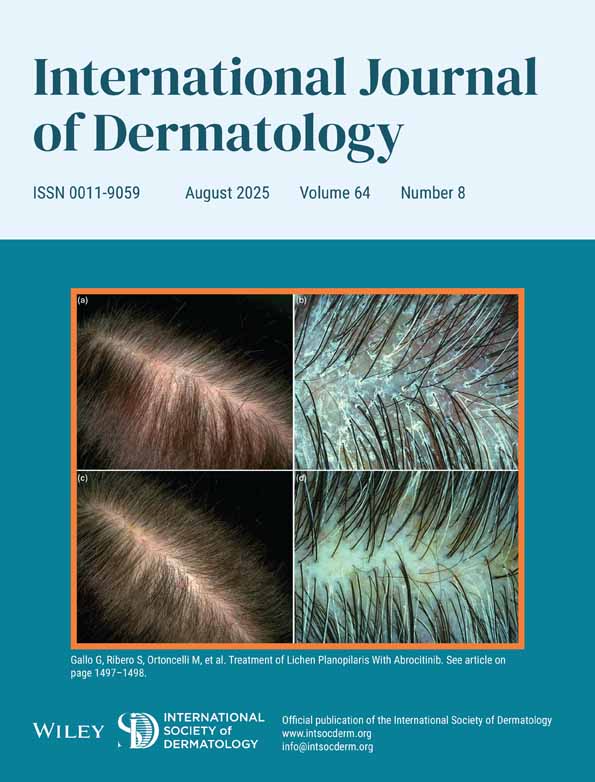Treatment of scalp seborrheic dermatitis and psoriasis with an ointment of 40% urea and 1% bifonazole
Abstract
Seventy-one patients (52 patients with psoriasis capitis and 19 with scalp seborrheic dermatitis) enrolled in this open-label study. All had stable disease for at least 6 months. Patients who were allergic to imidazoles, were pregnant or breastfeeding, or were aged less than 18 years were excluded. Only psoriatic patients with scalp involvement alone or whose body surface area involvement was less than 25% were included. All patients reported incomplete response to previous topical therapies (used alone or in combination: corticosteroids, salicylic acid, tar, anthralin, and ketoconazole shampoo) and had a washout period of at least 1 month.
The patients applied 40% urea plus 1% bifonazole in an ointment base nightly. They were instructed to apply a fixed amount (1 cm in length = 0.32 g) of ointment for each 10 cm 2of involved area. Each morning, 1% bifonazole shampoo was applied for 5 min and rinsed with water; 10–20 min later, one drop of 1% bifonazole solution per 10 cm 2area was applied to the scalp. This treatment regimen was repeated daily for 7 days. If clearance was not achieved in the first week, the regimen was continued for one more week.
After this initial treatment (for 7 or 14 days), maintenance therapy with once-weekly application of the regimen was continued for up to 3 months. In addition, during this follow-up period, the scalp was washed in 2-day intervals with the shampoo alone, which was left on for 5 min and then washed off.
On each visit (weeks 0, 1, 2 and 12), the scalp was evaluated for redness, scaling, and pruritus and each parameter was scored as absent (0), mild 1, moderate 2, or severe 3. On each visit, the scalp's condition was scored as follows: worsening (− 1), no improvement (0), mild (0–25%) improvement 1, moderate (25–50%) improvement 2, marked (50–75%) improvement 3, and (> 75%) cleared 4.




